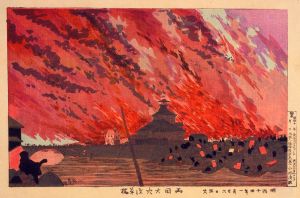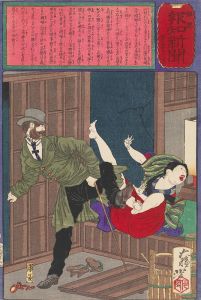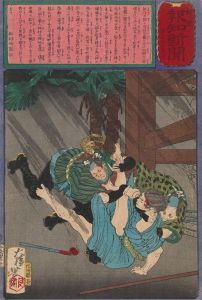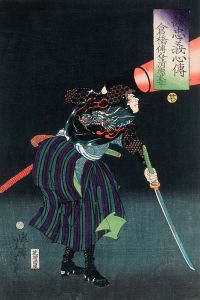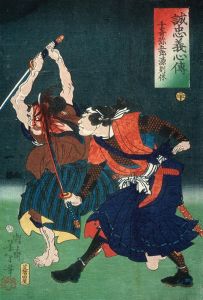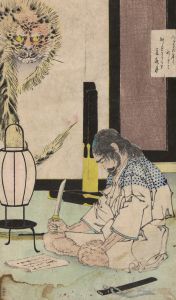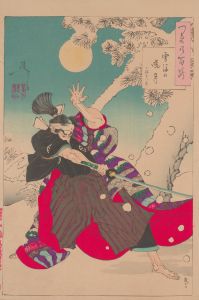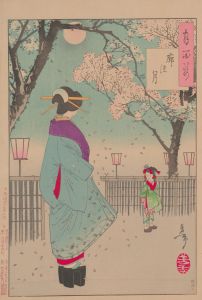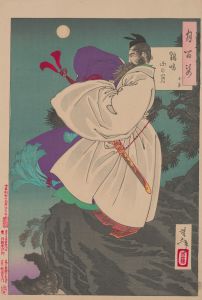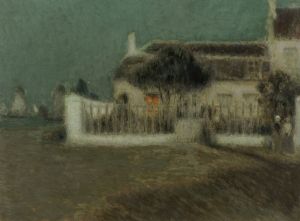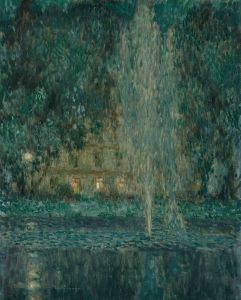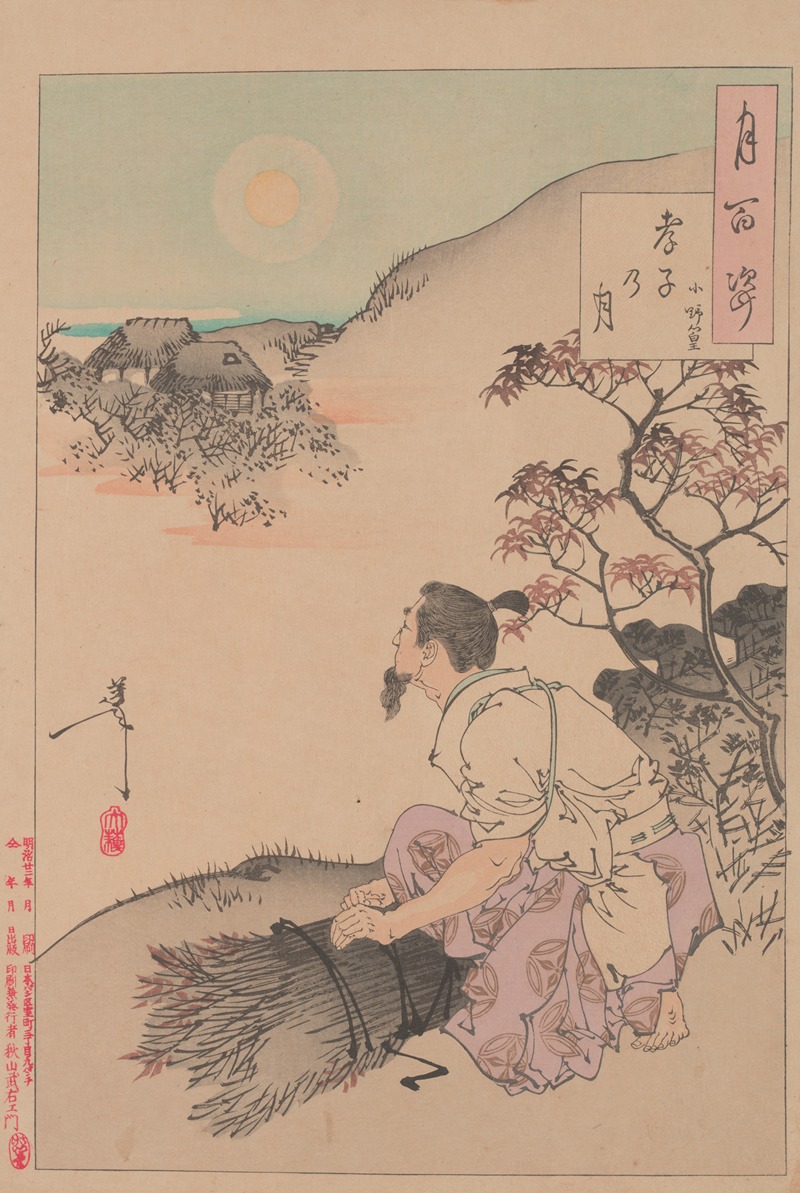
Moon of the filial Son
A hand-painted replica of Tsukioka Yoshitoshi’s masterpiece Moon of the filial Son, meticulously crafted by professional artists to capture the true essence of the original. Each piece is created with museum-quality canvas and rare mineral pigments, carefully painted by experienced artists with delicate brushstrokes and rich, layered colors to perfectly recreate the texture of the original artwork. Unlike machine-printed reproductions, this hand-painted version brings the painting to life, infused with the artist’s emotions and skill in every stroke. Whether for personal collection or home decoration, it instantly elevates the artistic atmosphere of any space.
"Moon of the Filial Son" is a woodblock print by the renowned Japanese artist Tsukioka Yoshitoshi, part of his acclaimed series "One Hundred Aspects of the Moon" (Tsuki hyakushi), which was published between 1885 and 1892. Yoshitoshi is celebrated for his innovative approach to ukiyo-e, a genre of Japanese art that flourished from the 17th through 19th centuries, known for its woodblock prints and paintings.
The "One Hundred Aspects of the Moon" series is considered one of Yoshitoshi's masterpieces, showcasing his exceptional skill in combining traditional Japanese themes with a modern sensibility. Each print in the series features a scene inspired by Japanese and Chinese history, literature, folklore, or legend, all unified by the presence of the moon. The series reflects Yoshitoshi's deep interest in storytelling and his ability to capture the emotional depth of his subjects.
"Moon of the Filial Son" is one of the prints in this series, and it depicts a poignant scene that emphasizes the theme of filial piety, a virtue of respect for one's parents and ancestors, which is a significant concept in both Confucian and Japanese culture. The print illustrates the story of a devoted son who demonstrates his filial piety through his actions, a common motif in East Asian art and literature.
Yoshitoshi's work is characterized by its dynamic composition, intricate details, and expressive use of color. In "Moon of the Filial Son," these elements come together to create a visually striking image that conveys the emotional intensity of the narrative. The moon, a central element in the series, serves as a symbol of constancy and enlightenment, casting its serene light over the scene and enhancing the print's atmospheric quality.
Yoshitoshi's career spanned a period of significant change in Japan, as the country transitioned from the Edo period to the Meiji era. This was a time of rapid modernization and Western influence, which had a profound impact on Japanese art and culture. Despite these changes, Yoshitoshi remained committed to the traditional techniques of ukiyo-e, while also incorporating new ideas and perspectives into his work. His ability to adapt and innovate within the framework of traditional Japanese art is one of the reasons he is regarded as one of the last great masters of ukiyo-e.
"Moon of the Filial Son," like many of Yoshitoshi's works, reflects his deep appreciation for the cultural and historical heritage of Japan. Through his art, he sought to preserve and celebrate the stories and values that had shaped Japanese society for centuries. Today, Yoshitoshi's prints are highly valued by collectors and art historians alike, and his influence can be seen in the work of many contemporary artists who continue to explore the themes and techniques of ukiyo-e.
In summary, "Moon of the Filial Son" is a testament to Tsukioka Yoshitoshi's mastery of the woodblock print medium and his ability to convey complex narratives through his art. It stands as a significant piece within the "One Hundred Aspects of the Moon" series, highlighting the enduring importance of filial piety in Japanese culture and the timeless appeal of Yoshitoshi's artistic vision.






